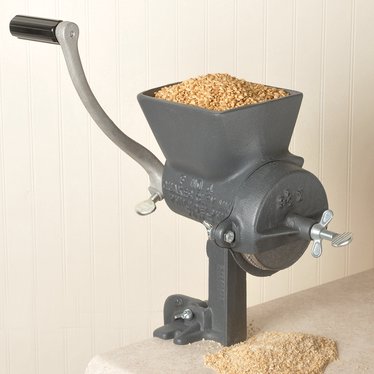- Joined
- Jan 6, 2021
- Messages
- 371
- Reaction score
- 583
It has to do with stages of settlement in a given area... Boone, for instance, was an early settler on the Yadkin in colonial NC, while spending months as a longhunter further west in the Kain-tuck-ee.... Eventually, he led settlers into that area (losing his oldest son James in the process,) and repeated the settlement process there. (My impression is that he preferred the combined existence of the first two, and would get uncomfortable when he spent too long in the third, rresulting in a move further west.What the heck is a "first wave longhunter" pray tell?
Especially given the parameters @Loyalist Dave has layer out for who he is talking about.
Each type of existence had its own level of access to supplies, and likely therefore "culinary traditions..."
The same holds true, on a condensed level, even today, wirh different meals served by western outfitters, depending on whether you are at base camp, fly camp, or spending 2-3 nights out subsisting on what's in your and your guide's packs trailing the bear/sheep/goat, etc., of a lifetime.










